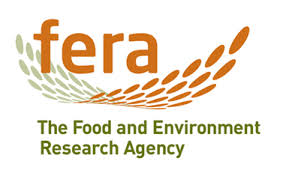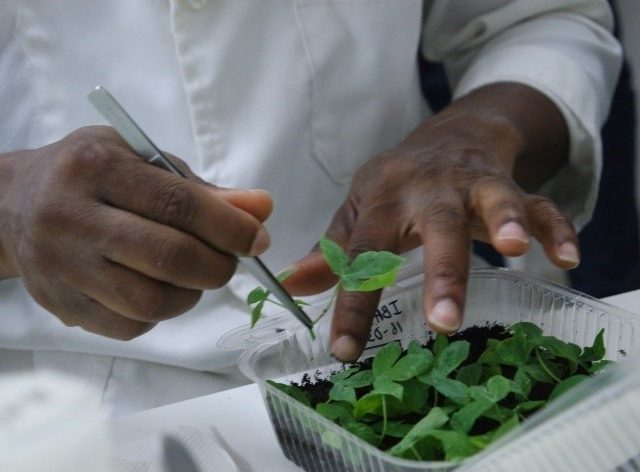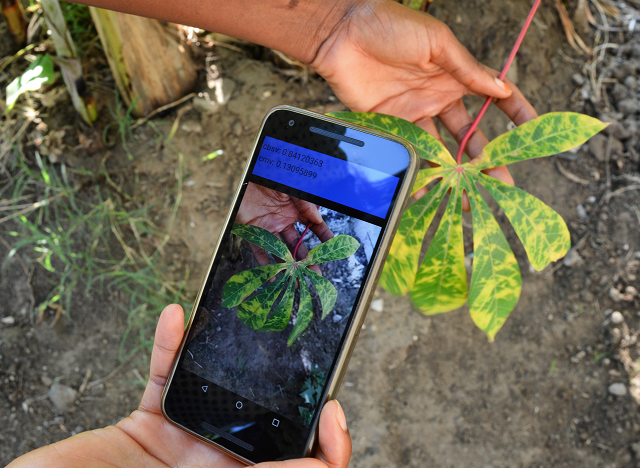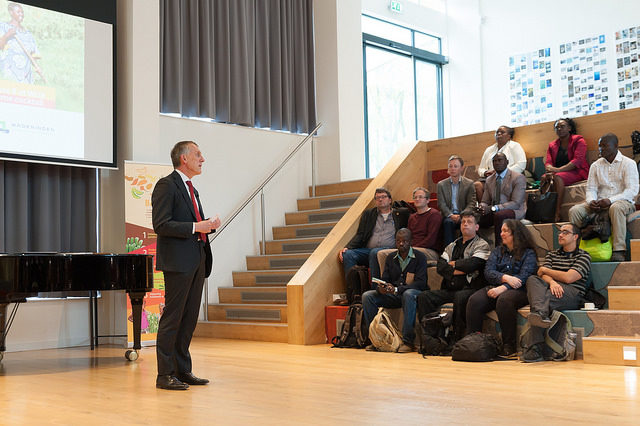By Graham Thiele, RTB Director
The Food and Environment Research Agency (Fera) is the primary provider of plant health advice to the government of the United Kingdom, yet it has a surprisingly international feel. Fera plays a key role in supporting the global identification service of CABI, and works with a myriad of projects and commercial companies that involves their staff in a breadth of activity overseas. Fera also has a good track record for working with RTB crops and centers: they led in developing diagnostics for cassava brown streak viruses with IITA, collaborated with Bioversity International on a lateral flow diagnostic for Banana Xanthomonas Wilt, and has experience in ISO accreditation helping CIP in 2007 along with current support with SASHA.
I was therefore delighted to receive an invitation from Julian Smith last July to visit Fera in York, England and explore additional collaboration options. Julian has been actively collaborating with CGIAR for many years, and is currently contributing to our ‘Pest risk and climate change’ project. In fact, just prior to my visit five of our researchers spent a week at Fera learning more on Pest Risk Analysis, and we have future related activities planned for national partners in 2015. During my visit I got a chance to meet scientists and see the areas that RTB could gain experience from.
Diagnostics of pests is a mainstay for Fera, and they are global players in development, validation and deployment. The newest technology in their labs is Loop Mediated Amplification (LAMP). Neil Boonham, Lead for Diagnostics, illuminated the advantages of LAMP in the development of affordable, rapid diagnostics suitable for non-technical staff that can also be deployed in the field. This offers real potential for ‘decentralised’ services at port-side with import trade, seed certification and in managing outbreak events at the site of incursion.
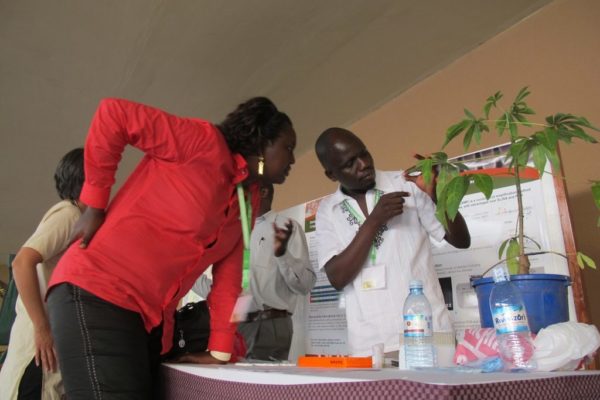
Philip Abidrabo of NaCRRI, Uganda, showing how LAMP is formatted as a lateral flow devise at GCP21 in Kampala, 2011
Commercialisation of Fera’s LAMP-based diagnostics as kits is well advanced. Julian would like to ‘roll out’ a testing platform/kit for all major RTB diseases, standardising the purchase of molecular reagents and primers which is currently a bottleneck in our priority countries. These kinds of kits for viruses and other pathogens could support a field level capability to monitor seed production and use as part of a local quality declared seed system.
Neil also explained how Fera is developing the use of next generation sequencing (NGS) and is closing in on offering a routine test for all microbial biota in a plant sample. This would enable plant quarantine services to provide phytosanitary certificates of pest free-status including potential unknown pathogens. NGS can be used to look at the endophytic population of plants (microbial populations that exist within plants and that are often beneficial to plant health) and potentially help increase the productivity of RTB.
I also met Glynn Jones, a social scientist and we discussed options for land use, economics and sustainability. Glynn described how the UK government had recently developed a risk register for UK plant and tree pests, ranked according to their potential for entry, establishment and economic impact. In theory RTB researchers could develop a similar tool for pre-emptive action to avoid catastrophic losses from the entry of a new pest.
Another focus for the Land-use team is the UK’s ‘Sustainable Intensification Platform’. This platform currently has 5 case study farms, involving 20 partners looking at multiple levels from crop coverage, landscape connectivity to supply chain. As a social scientist the whole systems approach, looking at the trade-off across natural, economic and cultural dimensions was intriguing; a concept of smart design at the landscape scale is perhaps a goal for the RTB to consider.
My very full day finished with a meeting with Rick Mumford, the Head of Science for the Plant Protection Programme. As I left I passed posters on biopesticide discovery using fusion proteins as the delivery system of a toxin across the insects’ digestive cell wall and on metabolite screening for abiotic stress factors in fast-tracking plant breeding. So I guess I just scratched the surface of what was going on at Fera, and look forward to learning more as our collaboration with Julian and his colleagues continues to develop.
